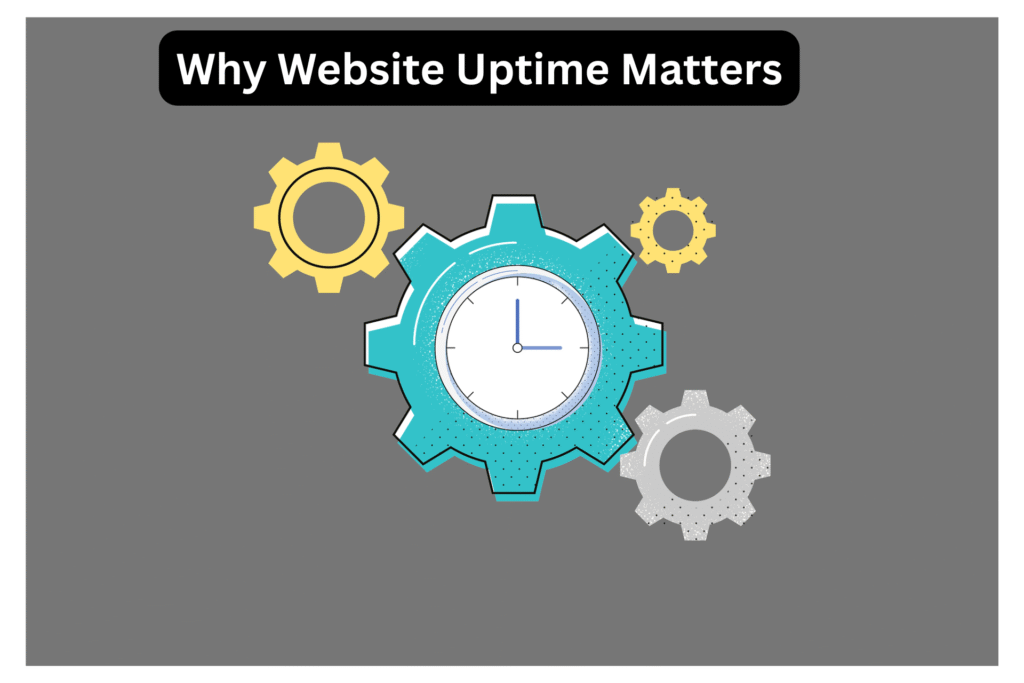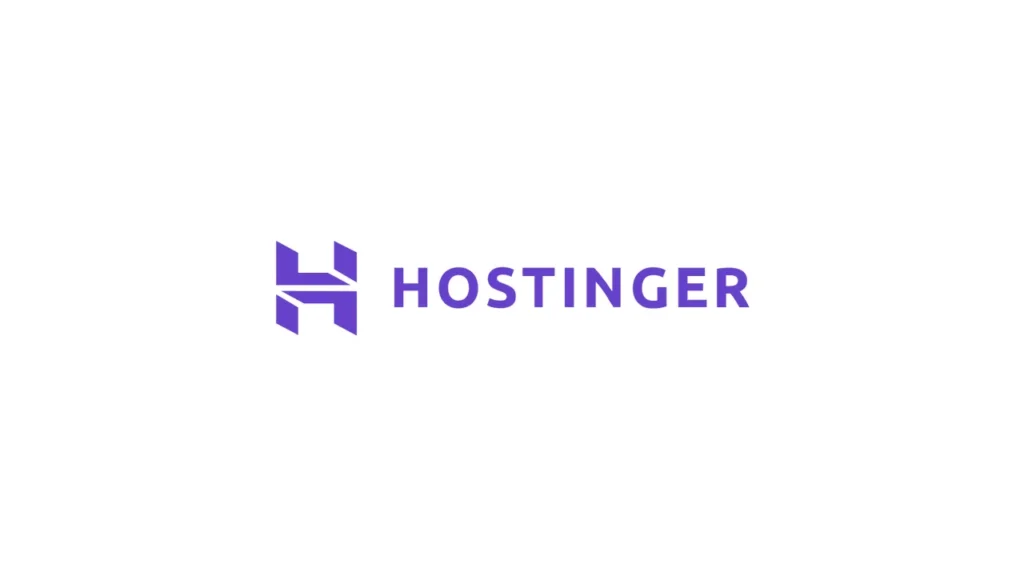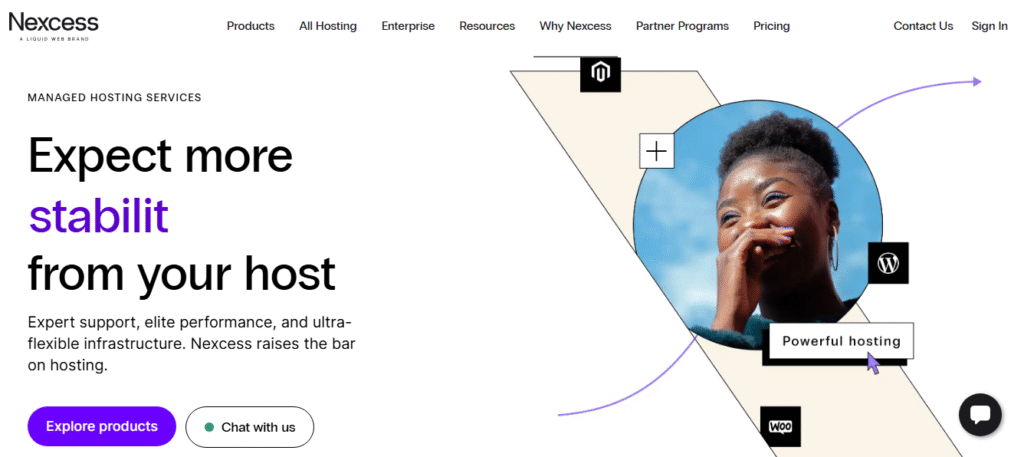Website downtime can be a silent killer for online businesses, content creators, and bloggers alike. Internet users expect instant access; even a few minutes of unavailability can have far-reaching consequences—lost sales, reduced traffic, and damaged trust. Whether you run an e-commerce store, a personal blog, or a corporate website, your web hosting provider plays a critical role in ensuring that your website stays online, loads quickly, and performs smoothly at all times.
Here are some of our most popular posts include Top 10 Fastest Web Hosting Providers, How to Choose the Best Web Hosting for Your Website, The Best Managed WordPress Hosting Providers, Best SSD Web Hosting Providers, Best Budget-Friendly Hosting Providers, and How to Transfer Your Website to a New Hosting Provider.
In this article, we’ll explore what website downtime is, why uptime is crucial, and how to prevent website downtime with hosting. We’ll also explore ten of the best hosting providers with high uptime guarantees, helping beginners and experienced users make informed decisions that protect their online presence.
What is Website Downtime?

Website downtime refers to any period when a website is not accessible to users. This can range from a few seconds to hours or even days, depending on the cause. During downtime, users trying to access the website will encounter error messages, timeouts, or simply a blank screen.
There are many potential causes of website downtime. One of the most common is server failure—when the physical or virtual server hosting your website experiences a technical malfunction. This could be due to hardware issues, misconfigurations, or overloads.
Another frequent cause is traffic overload. Imagine your website suddenly goes viral, and thousands of users try to access it at the same time. If your hosting plan doesn’t have the resources to accommodate the sudden spike, the server may crash, leading to downtime.
Cyberattacks are another serious threat. Distributed Denial of Service (DDoS) attacks flood your site with malicious traffic, overwhelming the server and rendering it inaccessible. Similarly, hacking attempts that exploit software vulnerabilities can bring down your website.
Sometimes downtime results from issues as simple as expired hosting subscriptions or domains. If you forget to renew your hosting plan or domain name, your site will go offline until the issue is resolved.
Lastly, software bugs and failed updates—especially from themes, plugins, or core systems like WordPress—can cause compatibility issues that bring down your entire site. This is why it’s essential to test updates in a staging environment before applying them to a live website.
Why Website Uptime Matters

Website uptime is the opposite of downtime. It refers to the amount of time your website remains accessible and fully functional. Hosting companies typically express uptime as a percentage—e.g., 99.99% uptime means your website will be unavailable for only about 4.38 minutes per month.
Here’s why maintaining high uptime is crucial for any website:
#1. Better User Experience: The digital consumer is impatient. If a website takes too long to load or isn’t available when they need it, most users will leave and never return. Uptime directly impacts the user experience by ensuring your site is always reachable. A smooth, uninterrupted browsing experience builds trust and keeps visitors engaged.
#2. Improved SEO Performance: Search engines like Google use complex algorithms to rank websites. One of the factors they consider is how often your website is down. Frequent downtime not only affects crawling and indexing but also damages your search rankings. If Google tries to crawl your site and it’s down, you may be penalized, making it harder for people to find you in search results.
#3. Higher Revenue and Sales: For e-commerce websites, uptime is directly tied to sales. If a user tries to make a purchase and the site is down, the opportunity is lost. Even for non-commercial sites, uptime affects lead generation, form submissions, and newsletter signups. Every second of downtime can cost you money and potential customers.
#4. Stronger Brand Reputation: People trust reliable websites. If users encounter frequent issues with your site being unavailable, it reflects poorly on your brand. In contrast, a reliable, always-on website shows that you are professional and dependable. This enhances your brand image and helps in building long-term customer loyalty.
#5. Efficient Website Performance: Most hosting providers offering high uptime also provide optimized server environments. These include fast SSD storage, global data centers, content delivery networks (CDNs), and resource scaling. All of these contribute to improved website speed, security, and overall performance.
How to Prevent Website Downtime with Hosting

Now that we understand how detrimental downtime can be, the big question is: How do you prevent website downtime with hosting?
The most effective way is to choose a reliable web hosting provider with a strong track record of uptime, fast customer support, and robust infrastructure. Not all hosting services are created equal—some skimp on performance and support in exchange for lower prices, and these are usually the ones that suffer from frequent outages.
Here are several other proactive steps you can take:
#1. Choose a hosting plan that suits your traffic volume. Shared hosting might work for small sites, but larger or high-traffic sites need VPS, cloud, or dedicated servers.
#2. Enable uptime monitoring tools like UptimeRobot or Pingdom. These notify you immediately when your site goes down so you can act quickly.
#3. Use a CDN (Content Delivery Network) like Cloudflare or BunnyCDN to distribute your content globally and reduce server load.
#4. Keep your CMS, plugins, and themes updated to prevent bugs and security vulnerabilities.
#5. Back up your website regularly so you can restore it quickly if something goes wrong.
#6. Ensure your domain and hosting renewals are automated to avoid accidental expirations.
#7. Work with hosting providers that offer proactive security measures such as firewalls, DDoS protection, and malware scanning.
Top 10 Best Hosting Providers with High Uptime
When choosing a hosting provider, it’s vital to go with one that has a reputation for uptime reliability. Here’s a closer look at ten of the best hosting companies that help prevent website downtime with excellent service and technology:
#1. Bluehost

Bluehost is among the most beginner-friendly and reliable hosting services in the industry. With an uptime guarantee of 99.99%, it’s a popular choice for WordPress websites. The company offers automatic backups, 24/7 support, and integrated security features like free SSL certificates. Bluehost’s infrastructure is built for stability, making it a solid choice for small to medium-sized websites.
#2. SiteGround

SiteGround is another powerhouse known for its speed, support, and uptime. With a consistent 99.99% uptime score, it features daily backups, free CDN via Cloudflare, and advanced security tools. Its customer support is considered one of the best in the business. For users who prioritize reliability and technical support, SiteGround is a top contender.
#3. Hostinger

Hostinger is ideal for budget-conscious users who still want performance and reliability. It offers cloud-based infrastructure and LiteSpeed servers for improved speed and uptime. With a 99.99% uptime track record, Hostinger supports a wide range of websites and provides an easy-to-use control panel for beginners.
#4. A2 Hosting

A2 Hosting is known for its turbo servers, which are optimized for ultra-fast performance and stability. Their uptime averages around 99.98%, and they provide features like free site migration, automated backups, and a developer-friendly environment. A2 is particularly suited for those who want speed along with reliability.
#5. InMotion Hosting

InMotion is a high-performance hosting company that caters to business websites. With VPS and dedicated options, it guarantees an uptime of 99.98%. It includes strong security measures, 24/7 support, and an impressive array of developer tools. If you expect your site to scale in the future, InMotion is a good long-term investment.
#6. Cloudways

Cloudways is a managed cloud hosting platform that works with top-tier providers like Google Cloud, AWS, DigitalOcean, and Vultr. It offers unmatched flexibility and performance with a near-perfect uptime of 99.99%. Ideal for developers, businesses, and agencies, Cloudways offers real-time monitoring, dedicated firewalls, and auto-healing servers.
#7. DreamHost

DreamHost provides user-friendly hosting with powerful backend capabilities. With an uptime rate of 99.98%, it offers unlimited bandwidth, free SSL, daily backups, and excellent WordPress integration. It’s also one of the few providers officially recommended by WordPress.org.
#8. HostGator

A veteran in the hosting industry, HostGator delivers consistent uptime of 99.99% across its hosting plans. It includes unmetered bandwidth, one-click installs, and a user-friendly control panel. HostGator is a reliable option for anyone who needs affordable hosting with high uptime and solid support.
#9. Nexcess

Nexcess is a premium managed hosting provider tailored for platforms like WooCommerce, Magento, and WordPress. It excels in speed, security, and scalability with a 99.99% uptime guarantee. Nexcess includes auto-scaling, performance monitoring, and built-in CDN, making it ideal for online stores and larger websites.
#10. Kinsta

Built on the Google Cloud Platform, Kinsta offers lightning-fast, secure hosting with a 99.99% uptime SLA (Service Level Agreement). It’s perfect for enterprises and agencies that demand performance and stability. With features like daily backups, DDoS protection, and automatic scaling, Kinsta ensures that downtime is rarely an issue.
Conclusion: How to Prevent Website Downtime with Hosting
Website downtime is more than just an inconvenience—it’s a potential threat to your business, traffic, and brand credibility. Fortunately, you can prevent website downtime with hosting by choosing a provider that prioritizes performance, security, and uptime reliability.
From Bluehost and SiteGround to Kinsta and Cloudways, the hosting services we’ve explored in this article are equipped to keep your website live and thriving. For beginners just starting, the key takeaway is this: never compromise on hosting quality. While it may be tempting to go for the cheapest option, investing in a reliable hosting service is one of the smartest decisions you can make for your online success.
Check out Some of our most popular posts include Top 10 Fastest Web Hosting Providers, How to Choose the Best Web Hosting for Your Website, The Best Managed WordPress Hosting Providers, Best SSD Web Hosting Providers, Best Budget-Friendly Hosting Providers, and How to Transfer Your Website to a New Hosting Provider.
If your website is your storefront, think of hosting as the foundation of the building. A strong, dependable foundation ensures everything built on top of it remains safe, accessible, and effective.
Still wondering which host is best for you? Start with your needs—traffic, budget, tech skills—and choose a hosting provider that aligns with your growth goals. That’s how to prevent website downtime with hosting.

